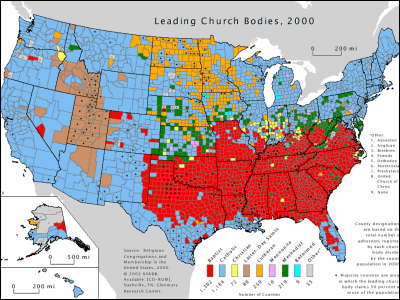Spanish people used "sun" to spread Christianity to Native Americans

ByLeo Reynolds
At the end of the great voyage era that lasted from the mid-15th century until the middle of the 17th century, the then Spanish Empire spans the North American continent, the Caribbean Sea, the Pacific OceanNueva EspanaIt has a territory called "Missionary Christianity" to promote Christianity to indigenous peoples. Among them, Spain adopted the technique of incorporating astronomy into the architecture of the church, thereby allowing Christianity to penetrate well into indigenous peoples who were doing sun beliefs.
A sacred light in the darkness: Winter solstice illuminations at Spanish missions
https://theconversation.com/a-sacred-light-in-the-darkness-winter-solstice-illuminations-at-spanish-missions-70250
I am an archaeologist at California State University Monterey BayRuben · G · MendozaDr. Field investigated a Christian mission scattered in the area leading to California, Mexico, and Central America and revealed secrets hidden in building architecture. There are techniques for stirring people's faith by fusing the knowledge of astronomy and religion that had already accurately grasped the movement of the sun at that time.

From 1769 to 1823, 21 missions were built in the current California. This was done by the Jesuit Missionary who was based in the present Mexico City and was done to convert Native American who lived locally to Catholics and eventually to advance the rule of the Spanish Empire It is part of the project. Each evangelist basically required self-sufficiency management, and it consisted of several buildings such as a residential section, a cabin, a kitchen space, a workshop and, of course, a church facility.

In the construction of the missions there was already a converted Native American labor, and work was done under the guidance of a Spanish missionary. Following construction, missionary community guidance was done, and in some cases local language was used instead of Spanish.
Many of the missions built in that way are sunlight entered from a small window opened in the building, at the summer solstice or winter solstice, on the day of spring equinox or autumn equinox, or on a specific religion day, It is supposed to illuminate the sacred place such as the clergy table.

A state of sunlight that plugs into the San Juan · Batista mission in California. It was photographed on the day of the winter solstice 2007, and it is shabby from the way the sunlight penetrates the passage in the center of the church and the clergy is brightly illuminated.

Mendoza learned that similar phenomena occurred in many missions in California. Mendoza, who was convinced that it was never a coincidence from its many, carried out a detailed investigation on each mission. Summing solstice · winter solstice at 14 sites out of a total of 21 missionary places by calculating the orbits where the sun goes on the day such as the placement of the building and the direction the chapel is facing and the summer solstice and the winter solstice for each land We have found out that sunlight lines are designed to be inserted inside the church on the day of the spring equinox and autumnal equinox.
According to the figure showing the structure of the San Juan · Batista mission, it can be seen that the chapel located on the right side is not 90 degrees to the whole building, but rather it is made with a slight angle. With this exquisite angle, the sun is supposed to illuminate the priesthood on the day of the winter solstice at the San Juan · Batista mission. The Mexican missionaries introduced this kind of mechanism in the church, which brought together the faith of the Native American who worshiped the sun and Jesus Christ, leading to converting to Catholics one after another.

Related Posts:
in Science, Posted by darkhorse_log







